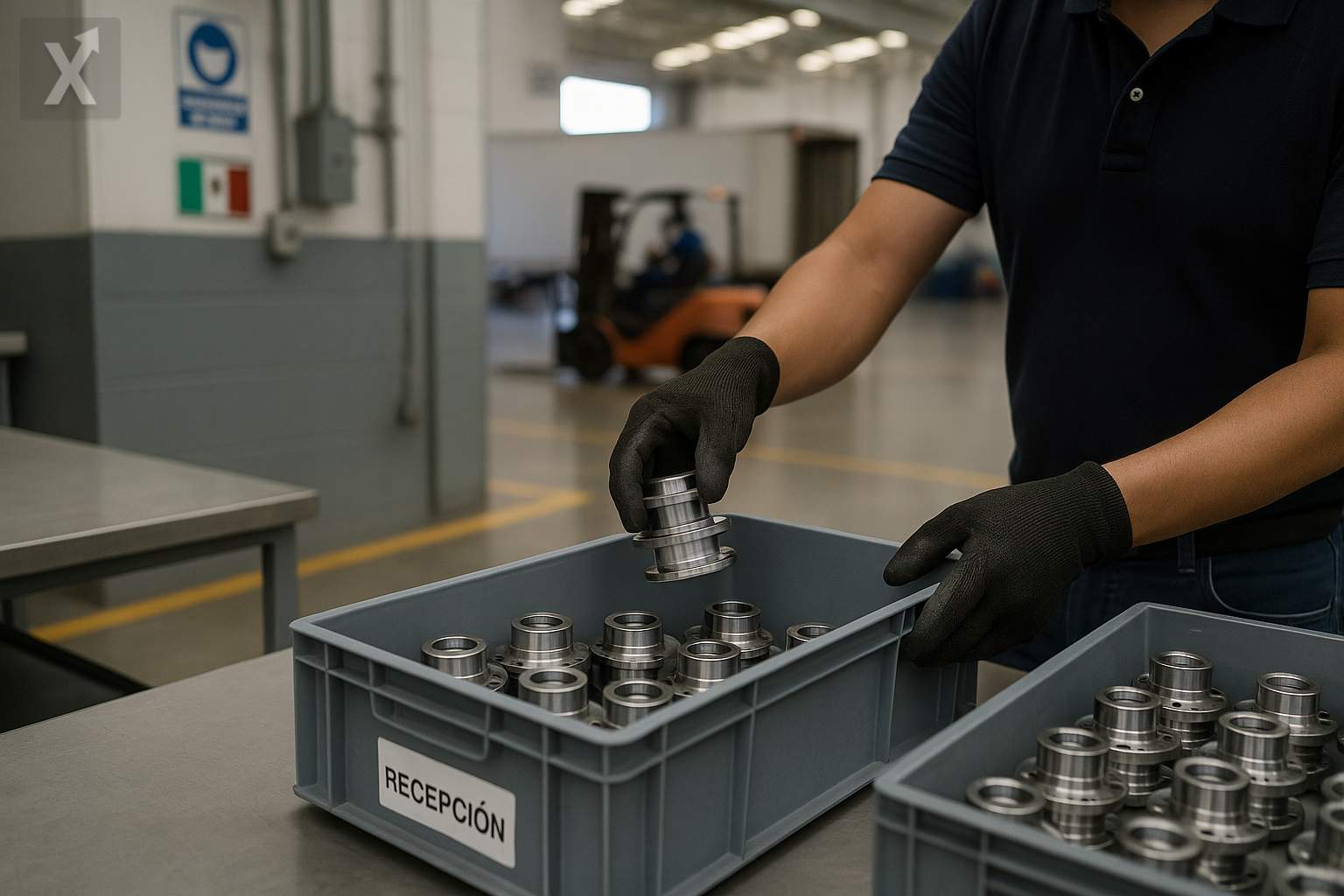Banxico Fine-Tunes Rules for Calculating and Disclosing the APR; Crowdfunding Fintech Firms Could Be Included

The Bank of Mexico (Banxico) has opened a public consultation on changes to the methodology and disclosure obligations of the Total Annual Cost (CAT, its equivalent of APR) for consumer loans, aiming to improve transparency, boost product comparability, and strengthen competition in the financial system. The proposal covers everything from credit cards and auto loans to secured loans and crowdfunding platforms. According to the draft, the central bank will accept public comments until December 22, 2025. The Mexican Banking Association declined to comment for now.
The CAT is a standardized indicator established by Banxico that expresses the all-in cost of a loan as an annual percentage, incorporating fees, insurance, and related expenses. It was introduced in Mexico in 2007 for credit cards and mortgages, and since 2010 has been extended to include personal loans, payroll loans, auto loans, and durable goods financing. For consumers, knowing the CAT before signing up allows them to compare loans on an equal basis and choose the product that best fits their payment capacity and terms.
Among the proposed changes, crowdfunding platforms would be required to disclose their CAT and include costs such as identity verification and information checks. For auto loans, the CAT would need to account for origination fees and other related charges. Banxico is also proposing that only fees registered in the official Fees Registry be used, that institutions retain documented evidence of their calculations, and that, in the case of credit cards, scenarios modeling minimum payments for at least three years be included. The central bank would also be authorized to request all necessary information to verify compliance.
If approved, the change would represent a “clean-up” of methodologies and marketing messages, obliging banks, sofomes (multi-purpose financial companies), and fintech firms to reflect all costs more accurately. In a context of still-elevated interest rates and strong retail credit demand, greater transparency in the CAT could exert downward pressure on costs for less competitive products and limit practices that hinder comparison, such as hidden fees or bundled insurance.
For the fintech and crowdfunding sectors, standardizing the CAT would be another step toward regulatory maturity, following the Fintech Law, but would also require investments in systems, data governance, and compliance. Some entities may need transition periods to update contracts, advertising, and loan simulators. At the same time, consumers would benefit from clearer information about payment terms and revolving credit costs, especially in cases where minimum payments on credit cards significantly extend the time to pay off balances.
Currently, Banxico operates a public credit card comparison tool that lets users compare different segments, from basic to platinum cards. Depending on the product and user profile, CATs can range from around 23% to well over 100%. Experts recommend not only comparing the CAT but also reviewing specific fees, insurance policies, temporary promotions, and late interest policies, as well as making payments above the minimum to reduce total loan costs.
The public consultation gives banks, sofomes, crowdfunding platforms, academics, and users a venue to provide evidence and proposals. Once the period closes, Banxico may adjust the project and set staggered implementation timelines. A smooth rollout would help minimize operational frictions and maximize the pro-competitive effects of the measure.
In summary, Banxico’s initiative seeks to standardize CAT calculation and strengthen credit comparability across the entire ecosystem, including fintech players. If successful, it could improve market discipline, raise the quality of information provided to users, and foster more intense competition on price and terms, with potential benefits for households and greater financial inclusion.
Final observation: expanding the CAT perimeter and requiring verifiable methodologies point to a stronger transparency standard. Success will depend on the final design, reasonable implementation timelines, and whether users actually consult and compare before taking on debt.
Practical note: Banxico’s credit card comparison tool is available to the public and shows CATs ranging from about 23% to over 100%, depending on product type and conditions.





